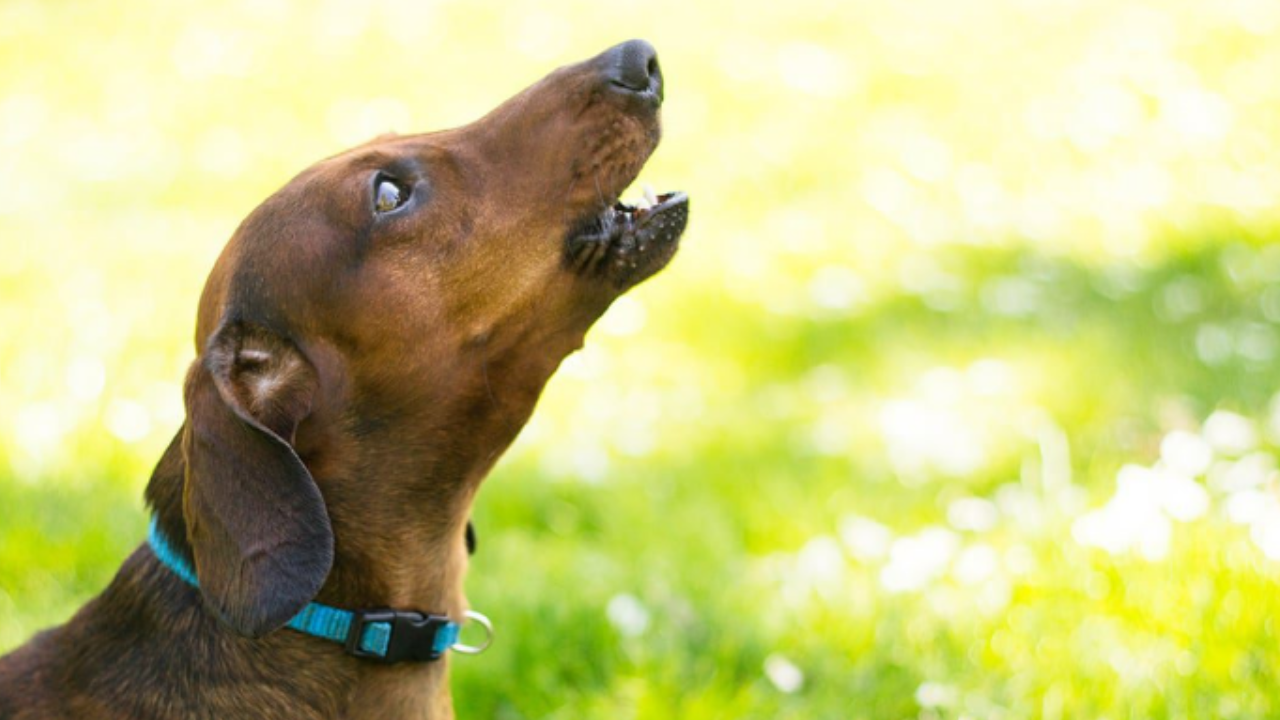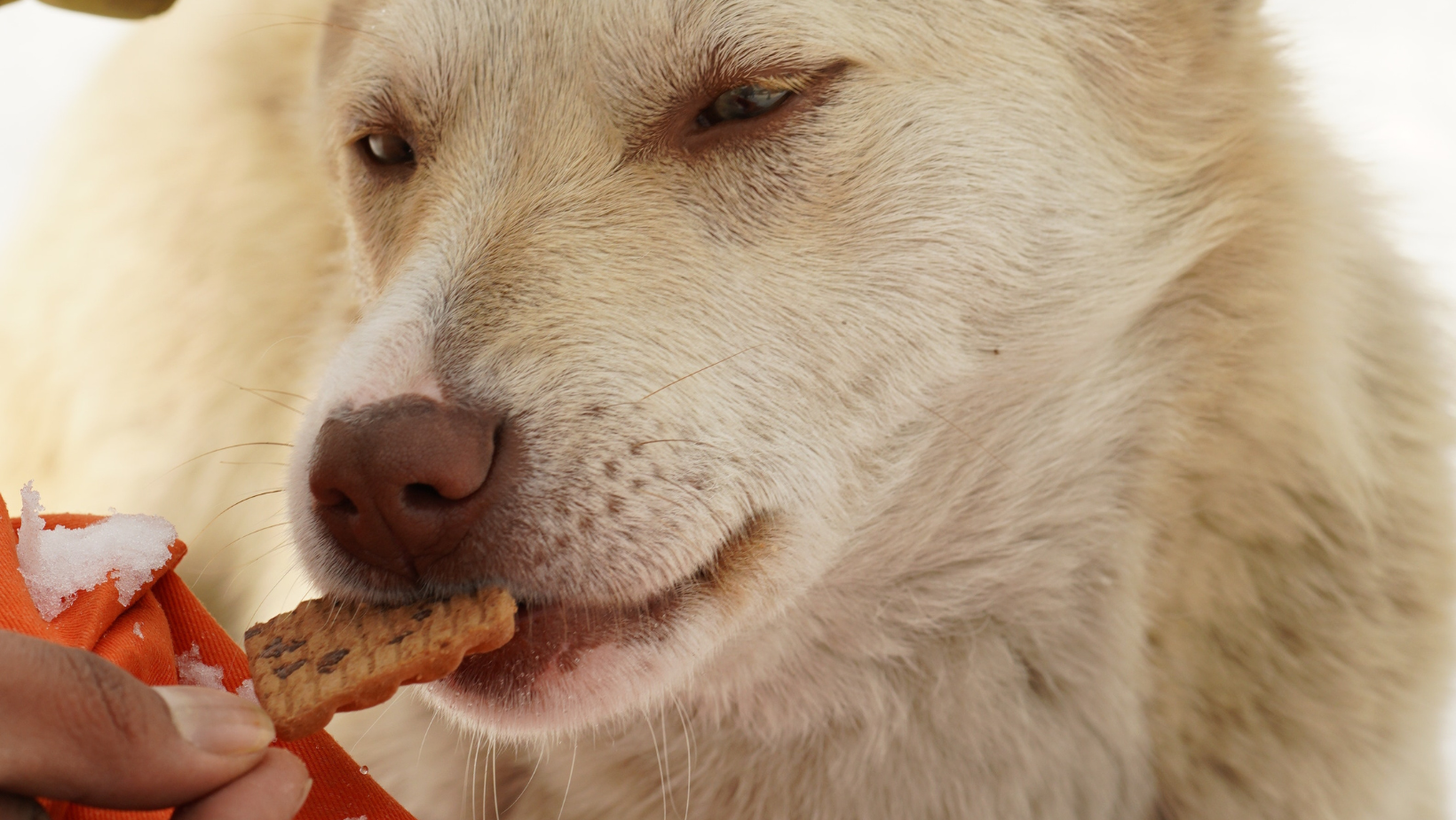How to Keep Your Pet Calm During Social Gatherings

According to a recent study, roughly 30% of dogs may show signs of anxiety, and according to a separate survey, two-thirds of cat owners said their cats showed signs of fear or anxiety. In this blog we will discuss How to Keep Your Pet Calm During Social Gatherings.
Anxiety is the emotional reaction a person or animal has before experiencing anything unpleasant. While you might find hosting a social event or party enjoyable, your dogs may find it to be quite stressful and unpleasant.
Knowing how to spot the symptoms of anxiety in your pets will help you reduce their stress. Their quality of life and mental health can both be enhanced by this.
You might want to reconsider organising social gatherings if you notice that your pet becomes extremely freaked out when visitors arrive. Here are some things to look for and think about:
Know the Signs of Anxiety in Pets
Dog anxiety symptoms include:
- A lot of panting
- Pacing
- Excessive slobbering
- A lot of vocalisations
- Excessive licking of you, them, or things
- Dilated eyes
- Pulling one’s ear back or to the side
- Drooping or tucked-under tail
- Shaking
- Posed as asleep
- Increasing water intake
- A rise in the frequency of urinating or pooping
- Eating less frequently
- Remaining nearby their owners
- Hiding
Cat anxiety symptoms include:
- A lot of vocalisations
- Hiding
- Less use of the litter box
- Urinating or pooping outside of the toilet
- A diminished appetite
- Dilated eyes
- Tucked their tail under their body
- Posed as asleep
- Hiding and refusing to eat or use the bathroom
What to Do if Your Pet Gets Stressed About Strangers
It’s very important to think about the safety and wellbeing of both your pet and visitors if your pet feels uncomfortable having strangers in the house, especially if your cat displays violent behaviour.
Even if your pet doesn’t display aggressive behaviour, they could nevertheless behave anxiously for hours or even days after the visitors have departed since they were so freaked out by the sights, sounds, and smells of strangers in their house. These animals have a hard time getting better.
A few days’ worth of vomiting or stress colitis bouts in some animals is possible. They could become lethargic and/or have decreased hunger, and they might hide until they feel safe once more and are certain the intruders won’t return to their home. If your pet exhibits these symptoms, inviting guests to your home can be too much for them.
Get Prepared Before the Event
There are a number of ways you may be ready for gatherings in your home, even if you are unsure of how your pet will respond or they often only exhibit mild nervousness.
Make calming areas for pets who experience anxiety. This could be the region under a bed or desk, an exercise pen, a closet, a bedroom, a spare bathroom, or simply a room corner. It should ideally be peaceful and as far from the hosting area as is practical. The safe zone can be created with cosy bedding, white noise, meditative music, and pet pheromone products.
Cats and dogs can be taught to enter their safe area when called. When attempting to educate your pet to retreat to these areas, reinforce the behaviour with a verbal cue and a reward, such as a tasty treat or engaging toy.
When your pet is not feeling stressed or anxious, practise sending them to their safe place. They will eventually come to understand that this is the ideal place to be. Bring your pet to their designated area if you notice them displaying anxious behaviours. When they arrive there, shower them with treats, compliments, or attention.
Particularly for cats, clicker training can be a helpful technique for teaching your pet to go to a particular place. If you want to make training easier, try installing a remote reward dispenser there. Unless your pets get along, separate them into separate secure spaces if you have many pets.
When having guests over, use this checklist to help you prepare your dogs. The following things can be set up a few days in advance:
- A place to hide away in safety. If at all possible, this should be organised days or weeks in advance. Try to give your pet short stints in the safe spot throughout the day and/or week. Increase the amount of time they spend there graduall
- A collection of brand-new puzzle toys and a few classics
- Long-lasting chews and expensive treats
- Spray or diffuser for pheromones
- White noise generator
- Soothing music
- Consult your veterinarian about using dietary supplements or prescription drugs to help your pet feel less anxious. To assess how your pet reacts to the supplement or treatment, you should give it a few days.
- Remote dispenser of treats
Prepare Your Pets the Day of the Event
You can get your pet ready for the gathering by following these instructions:
- Give your dog at least 30 minutes of exercise each day. This could involve a strenuous climb, run, or game of fetch in the backyard. Cats should engage in 15-20 minutes of object play every day, such as chasing a ball, felt mice, or a fishing pole toy (teaser wand). To get your cat to play, add some catnip.
- To add some mental stimulation to physical activity, schedule 5–10 minutes of training time with your dog or cat.
- Apply the pheromone spray or pheromone diffuser to their bedding.
- Give the soothing supplement or prescription to your pet at least two hours before the arrival of guests.
- If you and other family members will be racing around the home making last-minute preparations, take your dogs to their safe place before visitors arrive. They could appreciate having their own space to unwind and rest while everyone else is running around.
Manage Your Pet’s Stress During the Event
Ideally, you don’t want visitors to have access to animals who might become anxious when they meet new people. Think about installing barriers to restrict visitors’ access, such a pet gate, or locking the doors to the area where your pet has a safe haven.
Keep an eye on your dogs while the event is going on. You might check on your pet every 1-2 hours if they seem satisfied to be in their room with their special toys and goodies. You might want to check on your pet every 30 to 60 minutes if they become anxious when they hear unfamiliar voices or hear people moving around.
Spend a few minutes with them each time you stop by to let them know you are still home. You can interact with them for a short while by chatting to, playing with, or petting them.
Some of the more assured pets may like coming out for a brief visit if everyone is seated or there aren’t many people moving around. It is preferable to leave your pet in their safe place if they are uncomfortable among strangers or become easily stressed.
You may lessen the anxiety your pets feel when guests enter their house by making some advance preparations. While some creatures may never learn to like having guests over, others might do so because your planning has reduced stress and given them the best chance of success.





